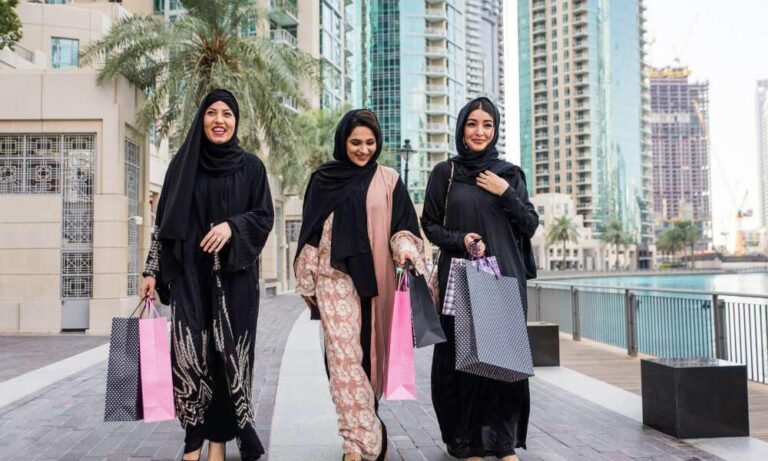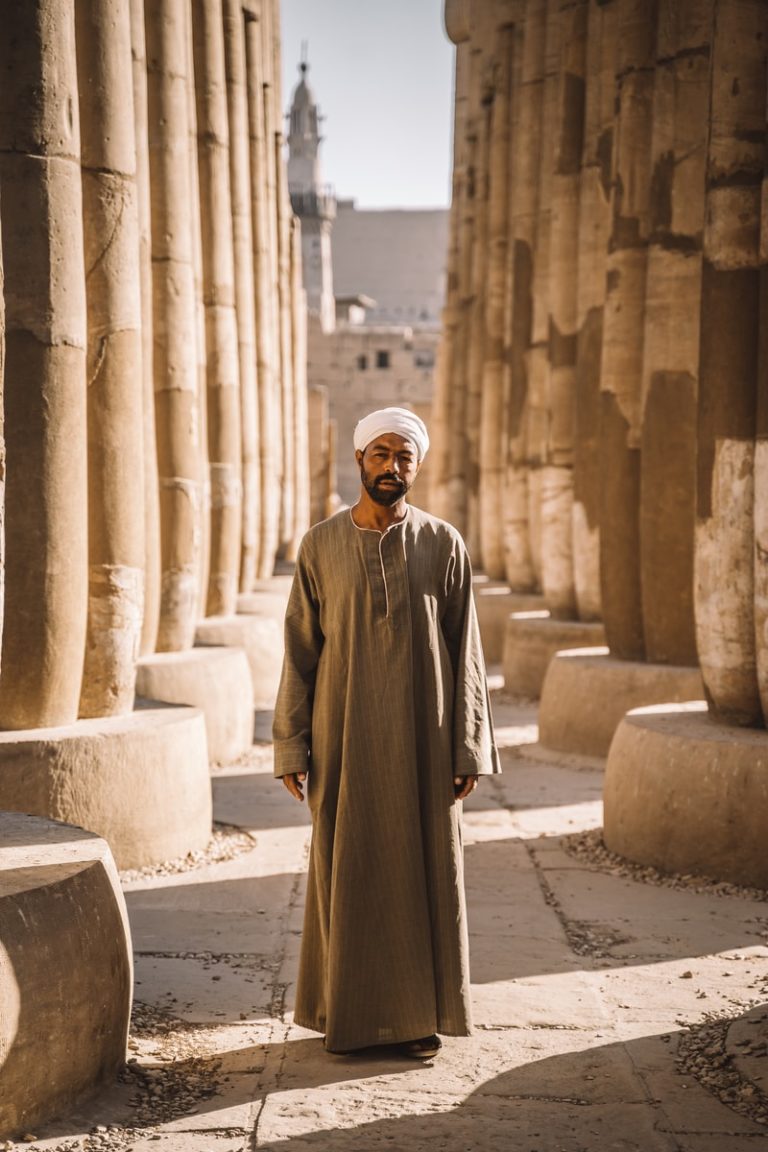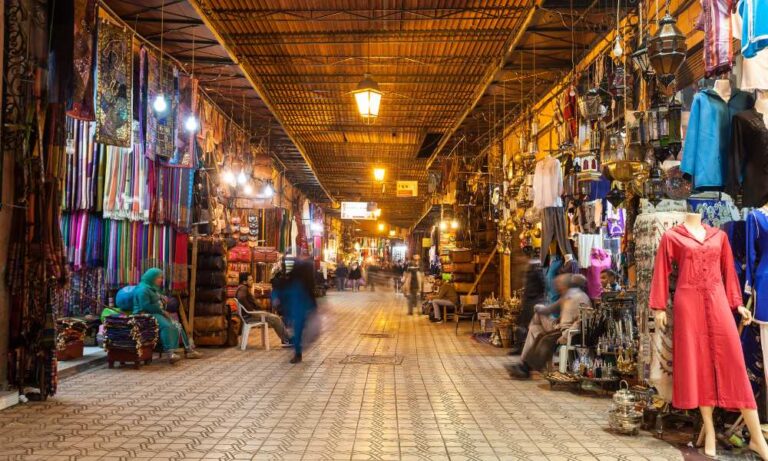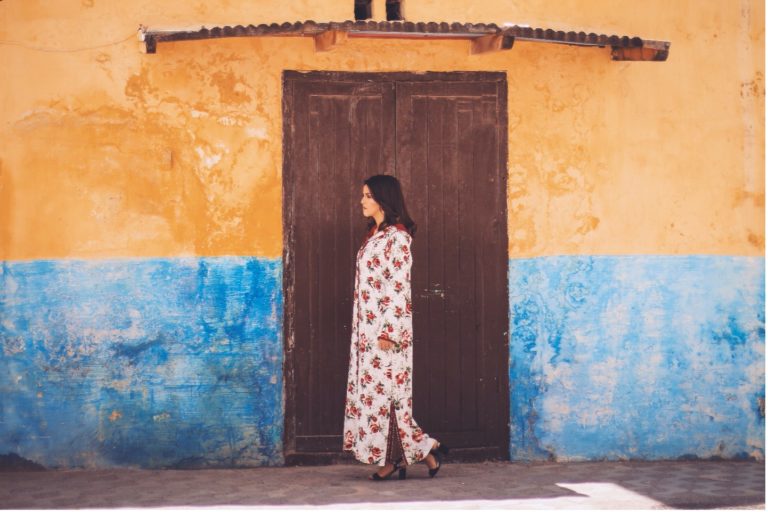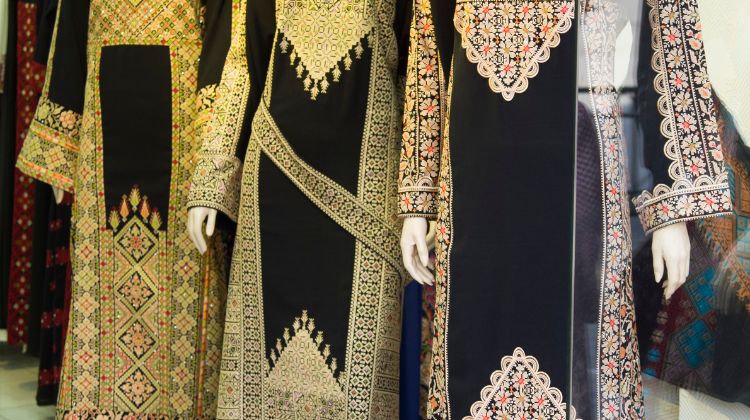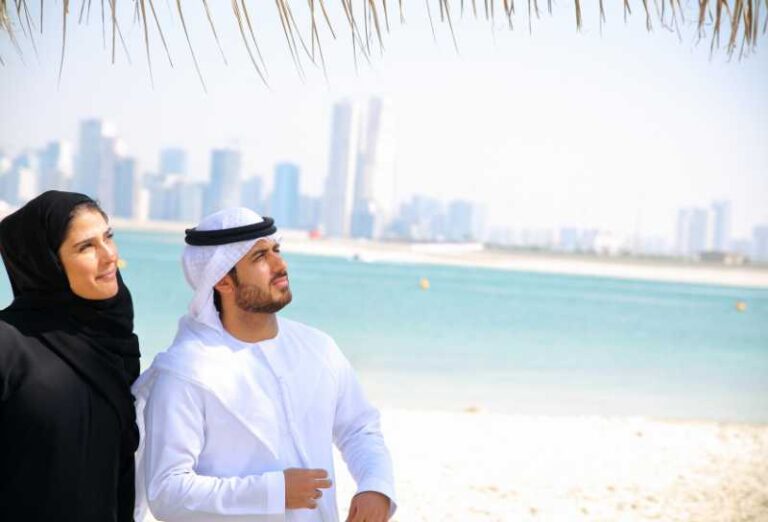Qatar Traditional Clothing
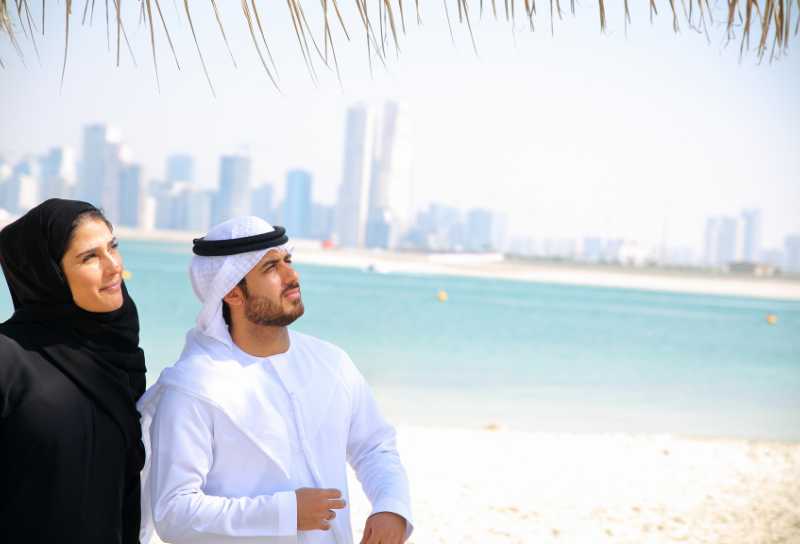
Some links below may be be affiliate links. As an Amazon Associate I earn from qualifying purchases.
Table of Contents
Introduction
Located in the Persian Gulf, Qatar is known for its rich oil reserves and world-famous sporting events. A rich cultural history and strong Islamic influence, shape local customs, laws and dress.
With locals and visitors donning traditional clothing, that reflects the country’s heritage and ancient culture. Traditional fabrics, head dresses, and detailed embroidery combine to create a unique display of color, harmony and faith.
In Qatar clothing is not only necessary but also a form of modesty, religious commitment and a display of traditional values.
Men’s Traditional Clothing
Thobe
A thobe or thawb is traditionally worn by men and consists of a typically white, long loose fitting robe.
This traditional garment features long sleeves that reach to the wrists and typically stops at the ankles.
Made from cotton, wool or polyester, the thobe is versatile in changing weather conditions, and keeps one protected from the elements.
A thobe is often worn for special occasions and by officials, but is also suitable dress for everyday wear.
Ghutrah
A ghutrah or keffiyeh, is commonly worn by men in Qatar and is a form of traditional headdress.
Known by many names, the ghutrah is typically made from a square scarf that is placed on the head and secured with a cord.
The most common colors of a ghutrah are white and red and white chequered. The ghutrah is worn to generate unity and represents hospitality in the Qatar culture.
It is also a great way of protecting one’s head and scalp from the elements.
Agal
An agal is a double black cord that is commonly used to secure the ghutrah.
This cord was traditionally made from goats hair, but today is often made of synthetic materials.
Symbolic of respect and honor, the agal is cherished by local Qataris and represents the local culture and traditions.
Bisht
A bisht is a cloak that is worn over a thobe and is typically worn by Qatari men for special occasions or by clergy, chiefs and kings. It typically comes in three colors: black, white, and brown.
This arabian clock is long and loose fitting, reaching to the ankles and typically composed of wool or cotton.
Detailed embroidery is often seen on the edges of the garment and typically consist of gold, silver or silk. The embroidery adds an elegance to the dress, creating a rich feel.
Women’s Traditional Clothing
Abaya
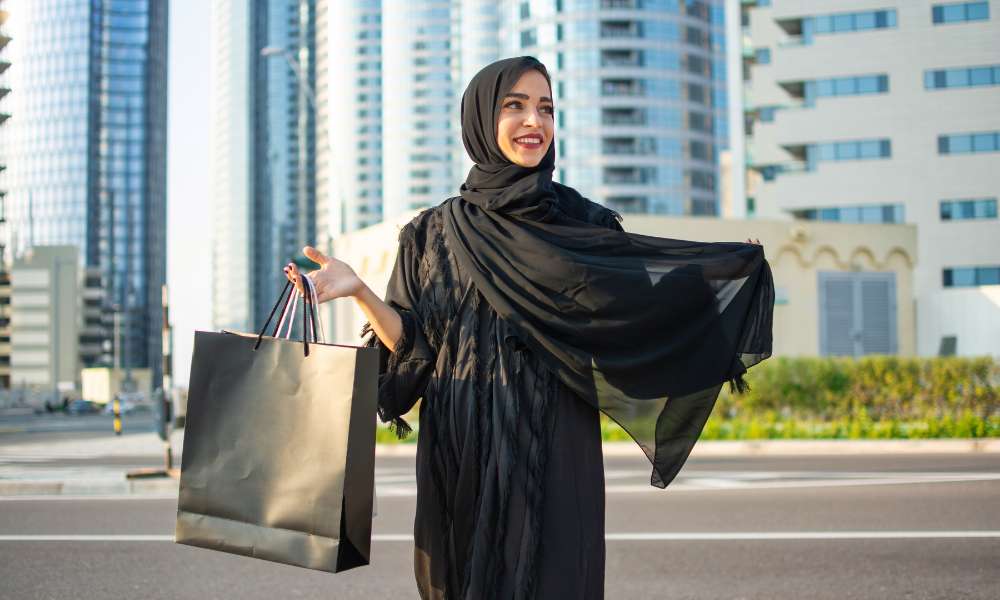
An abaya is a popular form of women’s dress in islamic countries and symbolises modesty and respect.
Consisting of a long, loose fitting cloak, the abaya covers the body, only revealing the head, hands and feet.
In Qatar, the vast majority of women wear black abayas, which is representative of the local culture and traditions.
Qatari women will often accessorize their abaya with shawls, scarves and headdresses.
Women who are visiting Qatar are welcome to participate by wearing an abaya, as it is a great way to experience the local culture and tradition.
Shayla
Commonly worn with an abaya, shayla are the perfect accessory.
Consisting of a long scarf that is placed over the head, covering the chest, neck and hair.
Women will typically pin or tuck the scarf over their shoulder, securing it to allow ease of movement.
Symbolising modesty and respect in Qatar, shaylas are an important clothing accessory. The most popular color of shayla in Qatar is black, allowing it to flow seamlessly with their black abayas.
Curious about adding abayas to your closet? Take a look at these choices!
Hijab
Often confused with the shayla, the hijab is also a traditional head covering worn by women in Qatar.
A major difference between the two headdresses is their significance, as the hijab is commonly worn for religious reasons and is a testament to a womens islamic faith.
The hijab also covers a woman’s head, neck, shoulders and chest and is typically made from lightweight and breathable fabrics.
Niqab
In Qatar some women choose to wear the Niqab, which is a form of Islamic face covering.
Covering the face, leaving only the eyes exposed, the niqab is often worn in combination with a hijab and abaya.
The niqab is typically black in Qatar, as to easily blend in with the black hijab and abaya.
This allows women the freedom to display their religious identity and is empowering for women in Qatar, as they are able to show their religious commitment so freely.
Cultural Significance
Role of traditional clothing in Qatar’s culture
Traditional clothing in Qatar is a strong part of the country’s culture and expression. For centuries thobs, hijabs, agals, and abayas have played a role in Qatar society.
Allowing different clothing items not only to express connection to the Islamic faith, but also to symbolize unity, respect, tradition, modesty and local customs.
Qatars traditional clothing is also a way for Qataris to distinguish themselves from other nationalities, allowing them to connect back to their community and homeland.
Respect for cultural traditions
Travelling abroad means learning about different traditions and customs.
It is important when visiting a new community or country to be respectful of their traditions and cultural practices.
When visiting Qatar it is considered respectful to dress modestly. It is suggested that men cover their knees, chest, shoulders and elbows.
Women can show their respect by covering their bodies, arms and legs, and if they desire wear a shayla.
Although it is not mandatory for woman to cover their hair in Qatar, a headscarf is a great way of protecting your scalp from the heat and showing your respect for the local traditions.
Modern Adaptations
Mixing traditional clothing with modern fashion
Qatar’s fashion has evolved over time. Influences from abroad and new exciting fashions have infiltrated Qatari homes. Jeans, t-shirts and sneakers are just a few of the trends that local Qataris follow.
Women can easily wear these items under their abaya, or of course accessorise their outfit with a nice bag or jewelry pieces.
Men are also known to accessorize, wearing fashionable sunglasses, footware or jewelry with their traditional clothing.
Changes in traditional clothing over time
Qatar has seen the most dramatic transformation to their attire over the past few decades.
In the 1950’s to 1960’s men mostly only wore traditional clothing, while today you are more likely to see modern garments and accessories. Women are also more likely to wear modern clothing today, then in the past.
Vibrant colors, jewelry and more fitted abayas have become more popular. Although still very modest, Qatar has become more relaxed in their attire.
Improved trade, communication and manufacturing, has massively increased the variety of options, styles and fabrics available. Meaning individuality and customization are more easily accessible.
Qatar: Where Tradition Meets Futuristic Splendor. Your Journey Starts Here!
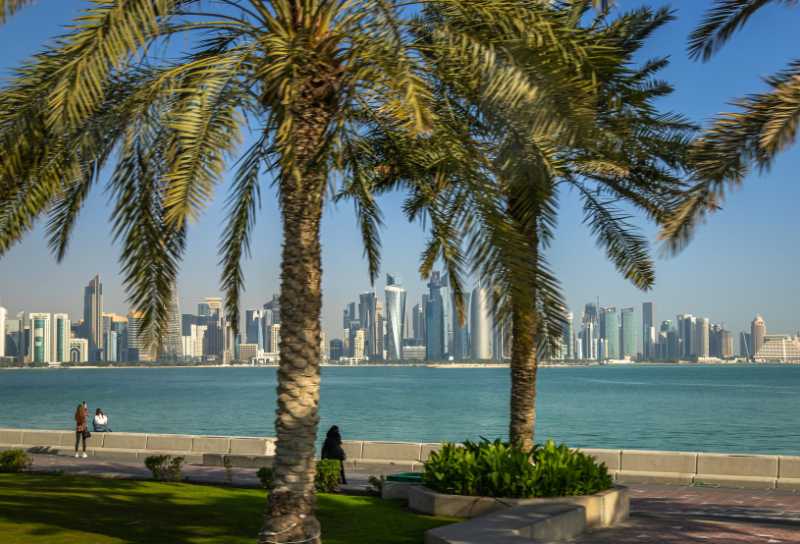
Conclusion
Overall, Qatar traditional clothing is an important part of Qatar’s culture and expression. Religion, tradition, and a rich history has contributed to the unique beauty of today’s traditional Qatar clothing.
If you’re visiting Qatar soon, try the clothing for yourself and experience this beautiful tradition.



